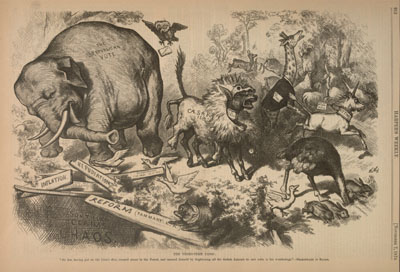A friend of mine recently paid more than a month of her salary for a plumber’s visit. I commented on her Facebook page, jokingly: Is it Joe the Plumber?
This reminds me that, well, Joe is probably not doing house calls any more, since he is supposed to be living off the sales of his book, right? I completely forgot about it and decided to Google “Joe Plumber Book”. I could not find a single result with an announcement with the book being published, rather I got tons of blog entries about the announcement of the book “deal” last November. Fear not. Amazon.com came to the rescue after I wised up and added “Amazon” to my search keywords. For sure, it showed up on the top of the results:
JOE THE PLUMBER: FIGHTING FOR THE AMERICAN DREAM
Is anybody surprised by “American Dream” being in the book title?
And the publishing date is listed as February 6, 2009, but the book is listed as Out of Stock already. Lots of people apparently want to know what Joe has learned from his 15-minute of fame. (Or, has he?)
Granted, I have not read the book. Free, maybe. Definitely do not plan to shell out any dough for this book. Sorry, Joe. Please don’t take it personal. It’s just that all my hard-earned money apparently is going to pay for the bonuses for the Wallstreet Hotshots!
Judging from the reviews though, it is a pretty one-sided book. As a matter of fact, folks expect it to be one-sided, so that Liberals/Democrats will rate the book 1 or less star, and Conservatives/Republicans will give the man some credits for “telling it like it is,” no matter whether the reviewer has actually read the book or not. My prediction? Reviews and ensuing verbal fights on Amazon.com will be more entertaining than the book itself. (Don’t forget to read the comments on the reviews too! Got to love the Internet!)

